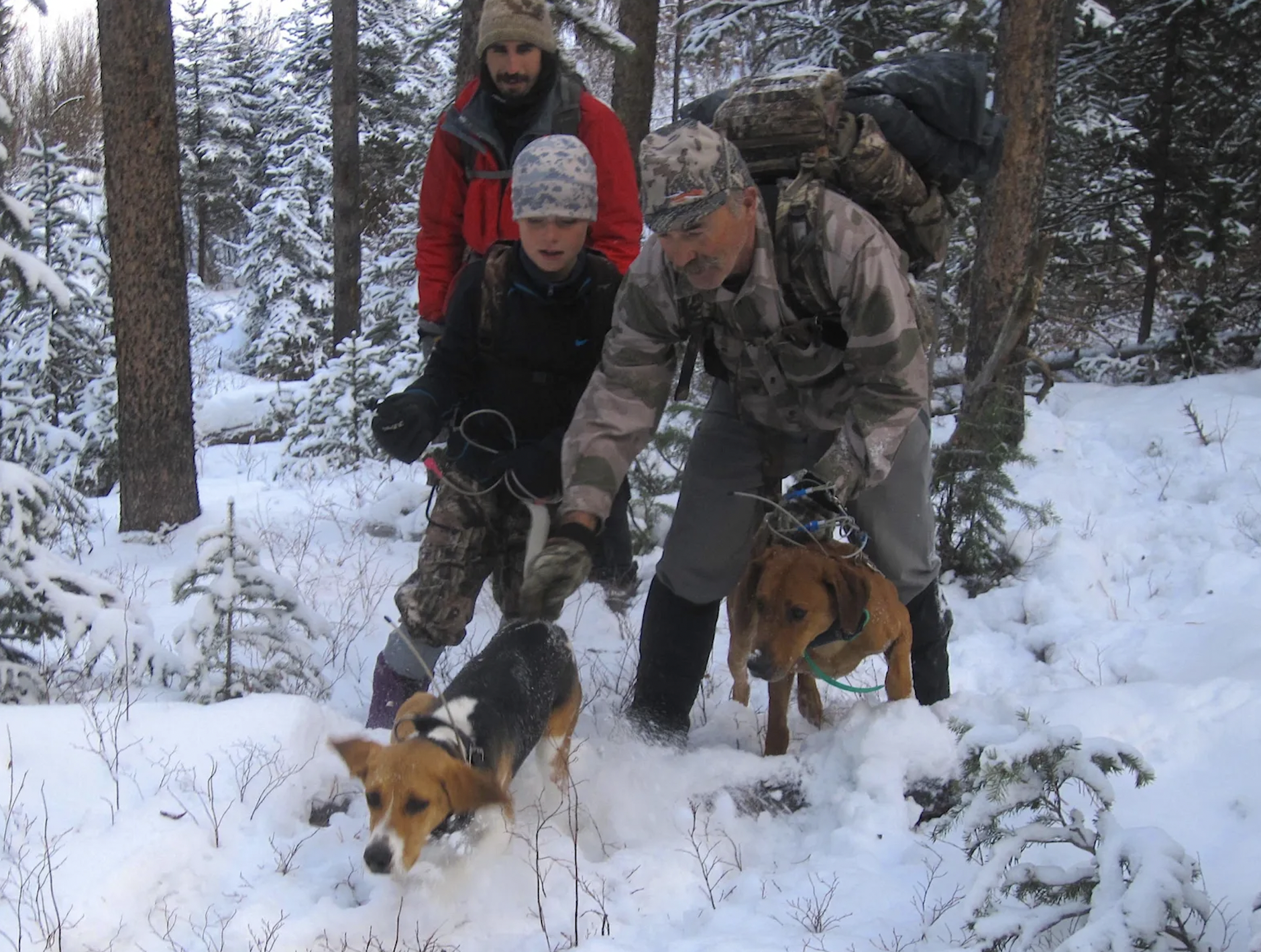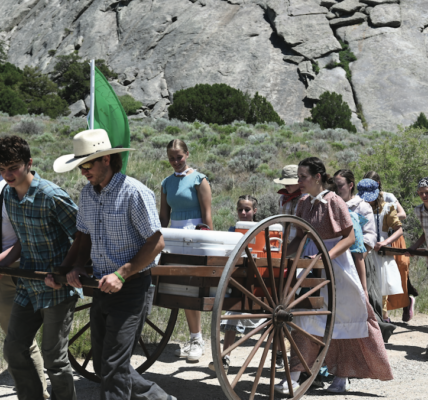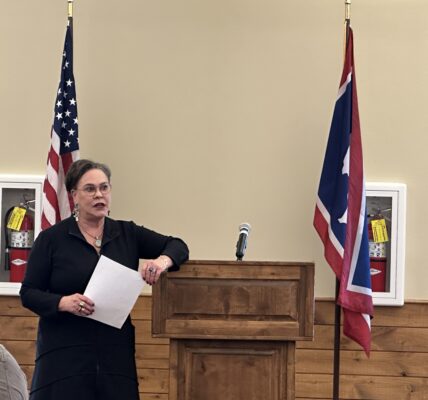
• Comments came in from across Wyoming and the country, mostly opposing a proposal to target 50% more mountain lions in areas where mule deer sustained sky-high winter mortality.
By Mike Koshmrl, WyoFile.com
Laramie resident Sylvia Bagdonas asked Wyoming Game and Fish commissioners to “not disappoint the public” as they mull a 50% hike in mountain lion hunting in western Wyoming to help mule deer populations that took a beating last winter.
“After reading news accounts about this proposal it seems that the boosts in hunting quotas are intended to appease outfitters and big game hunters with little science involved in the decision,” Bagdonas wrote in a comment letter. “It is assumed that proper stewardship of Wyoming wildlife is based on science, not politics and money.”
Bagdonas was one of 84 people who wrote in response to a state proposal to increase the maximum numbers of cats that can be killed in four hunt areas from 46 to 70 animals. The 24-cat increase is under consideration outside the Wyoming Game and Fish Department’s triennial regulations review, because concerned outfitters pressured the commission to target more coyotes, black bears and mountain lions in hard-hit deer range. The agency obliged, reopening the process out of cycle.
The majority of the seven dozen people who jotted down thoughts on the mountain lion hunting hike were opposed. That includes many commenters from out of state, but also those who typically pay the most attention to Wyoming lion hunting: the houndsmen who partake.
“I don’t want to speak as a collective for the group, but most of the people I’ve talked to who are avid mountain lion hunters don’t support increasing quotas,” Dan Thompson, the Wyoming Game and Fish Department’s large carnivore supervisor, said about the regulation change at a July public meeting in Pinedale.
Brad Huffaker, of Rock Springs, was one houndsman who wrote in opposition to boosting quotas. Alex Krabbenhoft, of Cheyenne, was another.
“I am currently not in favor of raising quotas in the state as all quotas were renegotiated last year,” Krabbenhoft wrote, “and I don’t believe the data is conclusive enough to warrant an increase already.”
Houndsmen were widely supportive of another revision to the regulations: a new mountain lion “pursuit season” that will let successful resident lion hunters continue running their dogs after they’ve fulfilled their one-cat quota. That change sprang from Senate File 179 – Mountain lion pursuit seasons, which cleared the Wyoming Legislature this year.
There was also some support for increasing quotas in the four hunt areas that encompass the Wyoming and Salt River ranges. Specifically, unit 14 would go from a 20-cat quota to 30; unit 17, from five to eight; unit 26, from 15 to 23; and unit 29, from six to nine cats.
Sy Gilliland, who presides over the Wyoming Outfitters and Guides Association, encouraged the increase: “Everything we can do to help keep mule deer on the landscape we must do, and this includes significant predator control,” he wrote. “Coyotes, black bears and especially [mountain] lions must be heavily harvested to give the few remaining mule deer a chance to repopulate their habitat.”
A representative for a national trophy hunting advocacy group, Safari Club International, also took the time to weigh in. The state’s lion hunting proposal “generally demonstrate responsible and sustainable management,” SCI State and Local Liaison Chris Tymeson, of Kansas, wrote.
Other out-of-state wildlife advocates wrote in opposition.
Nancy Hilding, president of Prairie Hills Audubon Society in South Dakota, argued to commissioners that the planned reduction of lions “may be pointless” because quotas in two of the four hunt areas didn’t even fill anyway.
Thompson affirmed that’s the case at the Pinedale public meeting. Lion hunters killed three of the six maximum cats allowed in hunt area 29, which runs south of the town of Jackson and includes the Snake River and Gros Ventre mountain ranges. In hunt area 14, which encompasses the southern Wyoming and Salt River ranges, 18 of the 20 cats allowed were harvested by hunters, Thompson said.
Quotas filled in the other two areas: Star Valley’s unit 26, and unit 17, which covers the east slope of the Wyoming Range.
The intent of the 50% quota increase is to transition the four hunt areas into “population sinks” that drive down lion numbers, Thompson said. And the amount of pressure proposed is not unheard of. When mule deer populations were much higher in the early 1990s, there were similar numbers of cats being targeted in the Wyoming Range, he said.
If the quota hike succeeds and lion numbers do tumble, Thompson anticipates that the puma population could promptly bounce back if pressure was eased up down the road.
“That’s what our plan is predicated upon: That [lion numbers] can rebound, as long as there’s prey and habitat,” he said.
Whether reducing lion numbers helps the embattled deer population is another question.
A study out of southern Idaho in the early 2000s found that extensive predator removal essentially had no impact on fawn production, though did temporarily increase doe survival. Ahead of the proposed lion hunting hike, Wyoming Game and Fish did not attempt to model how killing up to 24 more cats could influence a deer herd that’s historically numbered in the tens of thousands.
“We’ll be able to look at that,” Thompson said. “Hopefully we can answer some of those questions with ongoing research.”
Game and Fish commissioners are scheduled to consider the agency’s lion hunting regulation revisions at their Sept. 13 meeting in Gillette.
WyoFile is an independent nonprofit news organization focused on Wyoming people, places and policy.





